Therapeutic Ketosis Part 2: Ketones Feed Starving Brain Cells
When glucose cannot enter your brain cells fast enough, your brain cannot function properly. This happens during migraines, concussions, Alzheimer's, dementia, Parkinson's, and mental illness.
Click here for Therapeutic Ketosis Part 1: An Introduction.
[Note: the end of this post has as update on how I’m restructuring this Substack for paid and non paid subscriptions.]
In Today’s Post
The brain is a fuel hog
Many conditions can impair the brain’s ability to take in enough glucose
In these conditions, ketones are an alternate and preferable fuel source
Intermittent fasting paired with a high-fat low carb diet facilitates ketosis
When people used to be more active and had less access to ultra-processed food, some amount of ketones would have always been available
If we lived in a more perfect world, everyone who went to any doctor for any kind of brain disorder such as depression, anxiety, migraines, concussion, Alzheimer’s, dementia, Parkinson’s, or even brain fog and lack of motivation would be given two options: medication and therapeutic ketosis, along with a straightforward and honest evaluation of the pros and cons of each strategy.
Instead, we somehow find ourselves in a world where even after the most expensive medications that exist aren’t working, most doctors still are not presenting ketosis as even an option. Why?
I don’t know why any doctor wouldn’t tell their patient about a highly effective therapy that’s free, has few risks and side effects, and has a high likelihood of success. But since they aren’t talking about it, you’re stuck with me.
However, I was extremely encouraged to find out that last week (September 18-22) a group of researchers from 48 countries met in San Diego for the 8th Global Symposium on Ketogenic Therapies. It’s always encouraging to know I’m not the only one in the world talking about this! Most of the time I feel like I’m watching people drown while yelling out, “Look, the raft’s over there. Why is no one swimming toward the raft? Why is everyone pretending the raft doesn’t exist?”
If you’re considering trying therapeutic ketosis, the most valuable info you can have is understanding how your brain works, and how ketones heal it.
Your Brain: The Energy Hog
Your brain weighs only 2% of your body yet it consumes 20% of the energy, making it far and away the highest energy-consuming organ in your body.
It makes sense that the brain would need copious amounts of fuel. After all, it’s carrying out the most fantastic and irreducibly complex process in the body—it’s thinking. Think about that for a second—think about thinking, and think about how hard your brain has to work to think, and think about all the things it has to think about, and think about how complex thinking is. I think thinking, and also thinking about thinking, is one of the most inexplicable phenomena known to man.
While you read that paragraph above just now, your brain used roughly ten times more energy than your heart, the second most fuel hungry organ by weight. Your brain is one hungry organ!
Internal Starvation of the Brain Cells
Your brain uses all this energy not only to think but also regulate all your involuntary processes such as breathing. Adequate brain energy keeps the entire body functioning well. But a low-energy state is detrimental.
Internal starvation is the term the medical community uses to describe a low-energy state within brain cells. However, the phrase is slightly misleading. Starvation seems to indicate that no energy is coming in. But the brain cells would instantly die without any fuel.
Instead, the term internal starvation refers to a brain cell becoming impaired in its ability to rake in glucose at the rate required for optimal performance. The brain is so intricate that a slight impairment in fuel consumption is all it takes to disturb the delicate chemical balance. In other words, internal starvation can be activated when fuel is slightly reduced.
The Major Cause of Internal Starvation of the Brain Cells: Insulin Resistance of the Brain Cells
The journal Neurochemistry International published an excellent review called The starving brain: Overfed meets undernourished in the pathology of mild cognitive impairment (MCI) and Alzheimer's disease (AD).
The subtitle “overfed meets undernourished” is a great description of the pathology that happens inside a brain cell when it’s low on fuel. In the blood outside the cell, not only does adequate glucose exist, but often too much glucose exists. The cell is starving while being bathed in nutrients.
You may remember from past newsletters that glucose enters cells by way of the insulin pathway. Insulin is the key that unlocks the door to allow the glucose in. But when insulin is high for an extended period of time, a cell becomes less responsive to the signal. One way to think about this is that the door to allow glucose in gets only partially opened instead of flung wide open allowing the necessary stream of glucose.
This pathology has caused researchers to refer to Alzheimer’s as insulin resistance of the brain and type 3 diabetes.
But insulin resistance of the brain is responsible for more than just Alzheimer’s. Insulin resistance of the brain is also a major theory for what causes chronic migraines. The Journal of Pain published a review called Migraine, Brain Glucose Metabolism and the "Neuroenergetic" Hypothesis: A Scoping Review. The study states that,
alteration in glucose homeostasis could generate a chronic brain energy deficit promoting migraine chronification.1
Other Mechanisms Impairing Glucose Uptake
Insulin resistance isn’t the only reason a brain cell may be unable to uptake adequate amounts of glucose. Another major cause is neuroinflammation due to a traumatic brain injury.
Here’s a quote from a study published in the journal Frontiers in Nutrition The Ketogenic Diet in the Treatment of Post-concussion Syndrome—A Feasibility Study:
The brain is a highly metabolic organ that requires substantial and uninterrupted energy, usually supplied by glucose. Glucose uptake is severely diminished in the metabolic cascade that occurs after a concussion injury (5), resulting in a condition of brain hypometabolism that can persist for months (6). Correction of this bioenergetic deficit may serve as a potential therapeutic target for underlying post-concussive symptoms. One such approach, the high fat, carbohydrate restricted ketogenic diet (KD), reduces reliance upon glucose metabolism in favor of metabolism of ketones, the body's alternative energy substrate. Ketones contribute significantly to cerebral metabolism (7–9) which, perhaps most importantly, appears to remain intact in conditions with impaired glucose metabolism (10–12).2
In common language, although the brain of a person with a concussion is unable to properly uptake glucose, it can still take in ketones just fine. Therefore, ketones can fuel the brain and relieve concussion symptoms.
Neuroinflammation can also result from exposure to toxins such as lead, mercury, and mold. Furthermore, since polyunsaturated fats from vegetable oils are inflammatory because of how easily oxidized they are, when one’s brain contains large amounts of this toxic fat, the brain can become slightly inflamed.
The brain can also becomes inflamed as the result of chronic infections including long COVID and vaccine injuries, and from autoimmune diseases such as Lupus. As with a brain injury, the inflammation from these conditions inhibits the uptake of glucose.
Key Takeaway: ketones have a healing potential for the brain that is inflamed by any cause.
Early Warning Signs of Internal Starvation
Anxiety, irritability, carb cravings, depression, lack of motivation, nervousness, feeling constantly overwhelmed, brain fog, forgetfulness, confusion, inability to cope with common stressors—these all could be symptoms that brain glucose intake is impaired.
Yet, even in advanced cases, psychiatrist Chris Palmer tells in his book Brain Energy how he saw dramatic transformations within weeks even in his most severe patients that he put on a ketogenic diet. So whether one has severe problems or more subtle conditions, everyone can still see dramatic improvements.
Your brain on Ketones
Regardless of why one’s brain cells are unable to obtain enough glucose, ketones are therapeutic in all cases. This is because ketones can enter the cell apart from the insulin pathway and any other inflammatory impairment. Furthermore, they provide more energy for the brain cells than glucose.
In future posts, I’d like to explain in depth the epigenetic changes the ketones effect, as well as how they modulate the gut microbiome and down-regulate inflammation throughout the body. Fueling the brain is only one of their functions.
I was following the live updates last week on Twitter for the 8th Global Symposium on Ketogenic Therapies in San Diego and found this tweet particularly helpful:
Therapeutic Ketosis Tip of the Day
Anyone serious about doing this needs to purchase a blood ketone monitor. I use this one, and their website has helpful demonstrations about how to use it as well as tips for getting into ketosis.
Depending on how severe the problem is that you are trying to solve, it may be worth buying and using exogenous ketones. However, researchers have not found very good results when relying on exogenous ketones alone. This is likely due to the fact that when you drink the ketones, they are quickly used up. However, when your body makes your own in your liver from either the fat you eat, the fat you have on your body, or a combination, that provides your brain with the steady streams it needs. A supplement can’t do that.
However, if someone is in a natural state of ketosis already, adding some extra exogenous ketones can have an additional healing effect on the brain. This may be especially helpful in severe concussion cases. Here is one version made by Bulletproof called Brain Octaine C8 oil.
Subscription Update
I’ve realized lately that my favorite posts to write are those that summarize the most intense science I can find related to health and then translate it into concepts the average person can understand. But this takes a lot of time. With the way I currently have the subscriptions structured, I’m making about $4/hour.
So I’m going to try switching to one free post a month and three paid posts each month. At the bottom of the monthly free post, I’ll summarize what I covered in the three paid posts. If free subscribers see a post that interests them, they can subscribe for just one month to access that post.
The paid posts will go more in depth on topics that require a lot of reading and research. The free posts will still contain valuable health knowledge, but will pertain to topics that require less time to research. I currently have 27 draft post so I’m at no shortage of material, only time and funding.
These are the ideas I have for future free posts: how stress affects weight gain and how to manage stress, navigating the grocery store, how to get back on track after falling off, how people change, tips for pushing past a plateau, sample meal plans, why we need more salt, tips managing electrolyte status, the importance of finding a supportive fasting community or making your own, healthy eating for pregnancy and breastfeeding (since fasting is not recommended).
Here are some ideas for in depth paid posts: how insulin resistance causes chronic fatigue, how researchers skew medical studies to get a desired outcome and how understanding the design helps you to discern the outcome, how to do genetic testing and who can benefit (along with recommendation for labs that don’t sell your data since both 23&me and Ancestry.com do), exploring the evidence behind how high protein affects weight loss, in depth research on the harmful effects of zero-cal sweeteners, in-depth look at reversing type 2 diabetes, fasting for cancer, how raising cows can save the planet, how high blood sugar carmelizes the inside of arteries causing heart disease (a study found that the vessels lost elasticity in 14 days on a high-sugar diet), how medicine got highjacked when John D. Rockefeller gained control of all the medical school’s curriculum and shut down over half of them so he could sell petroleum based medicines (he owned stock in petroleum), how the new weight loss drugs (Ozempic etc) cause stomach paralysis. I’d also like to do much more on therapeutic ketosis. There are a few clinics in the world where you can go to get into ketosis (usually for epilepsy). A team of people teach one how to get into ketosis, they train you how to cook, they explain all the ins and outs. Going to one of these clinics is not realistic for most people but this level of support would sure be helpful. I’d love to create more resources for people who want to pursue the ketosis route but need that level of support.
Another thing I’m considering doing for paid members is recording some Powerpoint presentations. I made presentations for local groups that explain fasting basics and therapeutic ketosis basics, and I realized it wouldn’t be that hard to take those PowerPoints and record a presentation.
Del Moro, Lorenzo et al. “Migraine, Brain Glucose Metabolism and the "Neuroenergetic" Hypothesis: A Scoping Review.” The journal of pain vol. 23,8 (2022): 1294-1317. doi:10.1016/j.jpain.2022.02.006
Rippee, M., Chen, J., & Taylor, M. (2020). The Ketogenic Diet in the Treatment of Post-concussion Syndrome—A Feasibility Study. Frontiers in Nutrition, 7, 542748. https://doi.org/10.3389/fnut.2020.00160

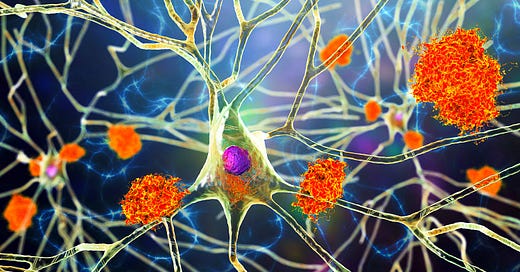


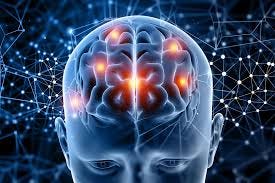
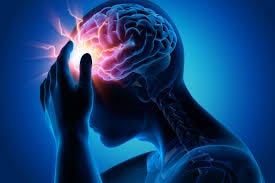
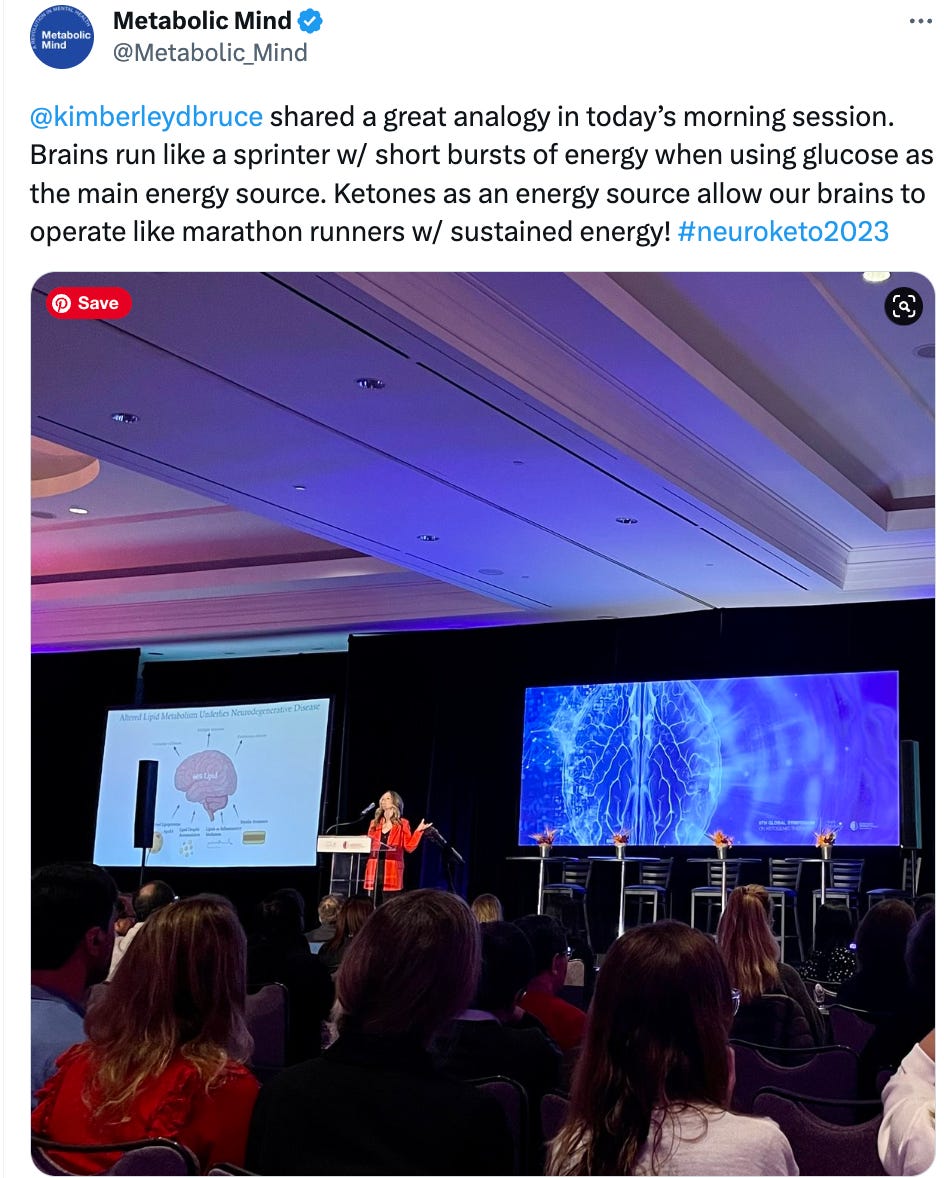

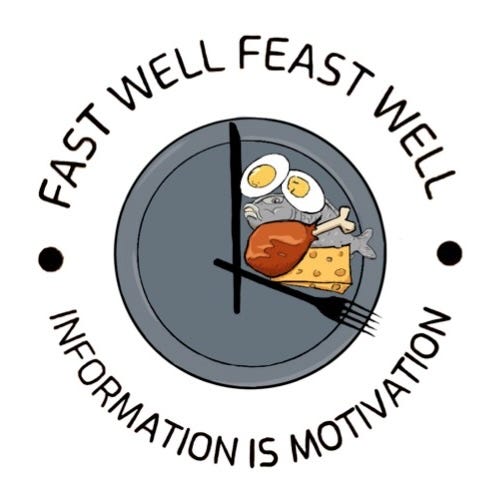
So in regards to the MCT creamer...is that still just during eating window?
At first I was grumbly about the three to one post ratio, but then was mollified when you said you'd summarize your paid posts with the single free one, which still gives us the chance to learn but also entices us to become paid.